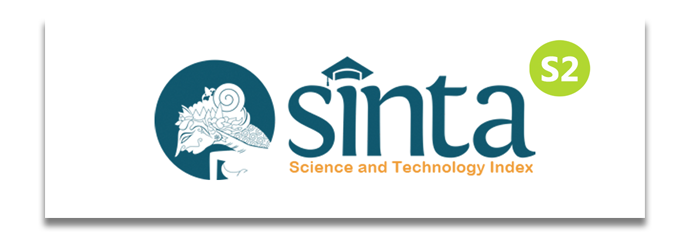Eosinophil and Eosinophil Cationic Protein Level Raising in Dermatitis Due to Food Patients
Downloads
Background: Food allergy prevalence worldwide has been increase. Skin is secondary most often target organ in food allergy reaction. Food allergy affects 35% atopic dermatitis (AD) patients. Diagnosis of food allergy is still challenge because signs are not speciï¬c. Previous researches showed eosinophil and eosinophil cationic protein (ECP) role in food allergy reaction on gastrointestinal tract, but none on dermatitis due to food. Purpose: To evaluate eosinophil and serum ECP in dermatitis due to food. Method: This is a descriptive observational cross sectional study, with dermatitis due to food patients in Dermatovenereology Outpatient Clinic Dr. Soetomo General Hospital Surabaya as subjects. Subjects has been collected trough consecutive sampling during 3 months, then data were analysized descriptively Results: Serum ECP level of dermatitis due to food patients were above normal range in all subjects, with mean level 108.5 µg/L, lowest level 33.011 µg/L and higher level 284.849 µg/L. Mean eosinophil of dermatitis due to food patients just arise above normal limit (0.413µg/L). AD patients were 48.4% among all subjects. Mean serum ECP level of AD patients was higher (121.703 µg/L) than non-AD (96.123 µg/L). Conclusions: Eosinophil and ECP seems have role in dermatitis due to food pathogenesis. Serum ECP examination can be beneï¬ts to monitor dermatitis due to food severity.
Key words: dermatitis due to food, eosinophil, serum eosinophil cationic protein.
- Copyright of the article is transferred to the journal, by the knowledge of the author, whilst the moral right of the publication belongs to the author.
- The legal formal aspect of journal publication accessibility refers to Creative Commons Atribusi-Non Commercial-Share alike (CC BY-NC-SA), (https://creativecommons.org/licenses/by-nc-sa/4.0/)
- The articles published in the journal are open access and can be used for non-commercial purposes. Other than the aims mentioned above, the editorial board is not responsible for copyright violation
The manuscript authentic and copyright statement submission can be downloaded ON THIS FORM.















